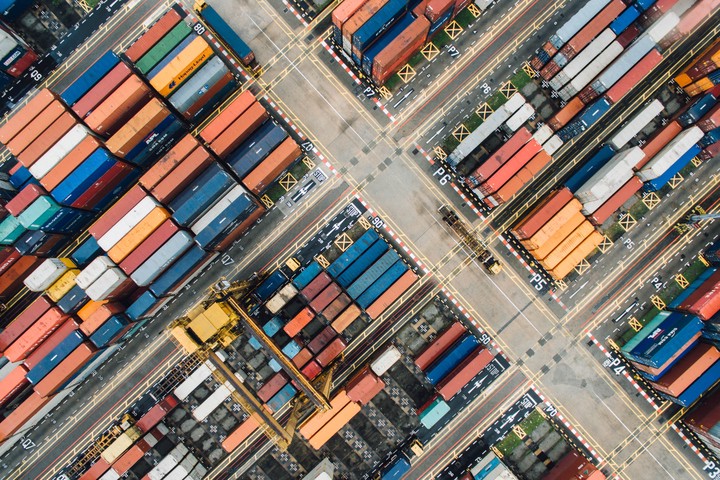Forecast and optimization of container port carbon emission based on combined models
 Photo by CHUTTERSNAP on Unsplash
Photo by CHUTTERSNAP on Unsplash
Why it is important?
This study will focus on the estimation and prediction of port carbon emissions. Ports are crucial nodes in international trade and transport, with 80% of the world’s trade and transport relying on ports (UNCTAD 2019). Ports are also regarded as concentration areas producing air pollutants and greenhouse gas (GHG) emissions, where various types of vehicles and cargo handling equipment are operating. As ports are often located near highly populated coastal cities, port-associated stakeholders are undoubtedly concerned with health-impacted air pollutants such as NOx, SOx, particulate matter (PM), volatile organic compounds (VOCs) and carbon monoxide. Therefore, it is very important for us to find a way, which could assess port emission accurately. Currently, the mainstream port emissions estimation method, activity-based bottom-up approach, needs high-level data collection equipment, detailed activity records and unified data standards. Therefore, adopting the activity-based bottom-up approach is costly and time-consuming. However, most ports in developing countries are not able to use this approach to estimate port emissions. Another method, top-down approach, only needs port base data to estimate rough emissions. But if its accuracy could be improved further, it would be of great benefit to ports in developing countries. In addition, if we can predict the trend of port emissions based on the estimation data, port authorities and companies can reasonably allocate resources, formulate future emission reduction plans and verify the effects of different schemes.